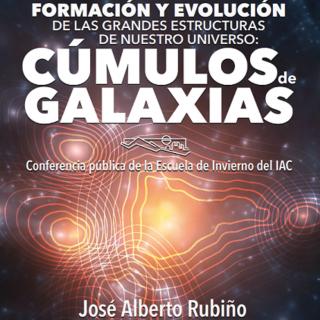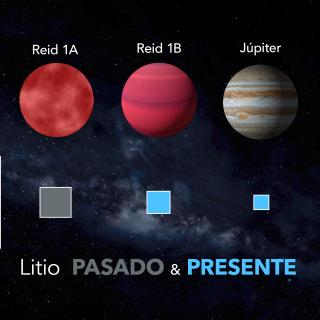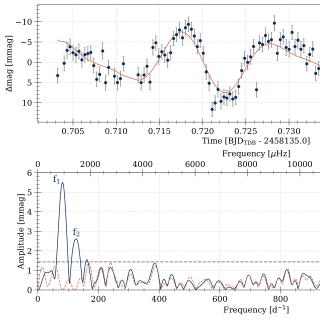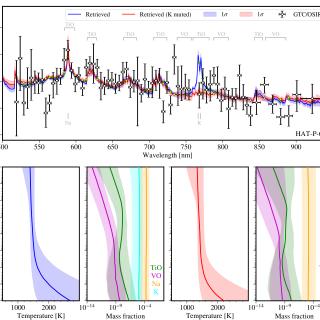
Tomorrow, Friday 26th November at 18.00 in the Museum of Science and the Cosmos of Museums of Tenerife there will be an outreach talk “Formation and evolution of the large scale structure of the Universe; clusters of galaxies” by the researcher at the Instituto de Astrofísica de Canarias (IAC) José Alberto Rubiño Martín. The lecture, organized in the framework of the XXXII Canary Islands Winter School of Astrophysics , will be public and will be in Spanish. After a year without being held due to COVID-19, from 23 November to 1 December, the IAC Winter School returns to Tenerife, attended by
Advertised on




